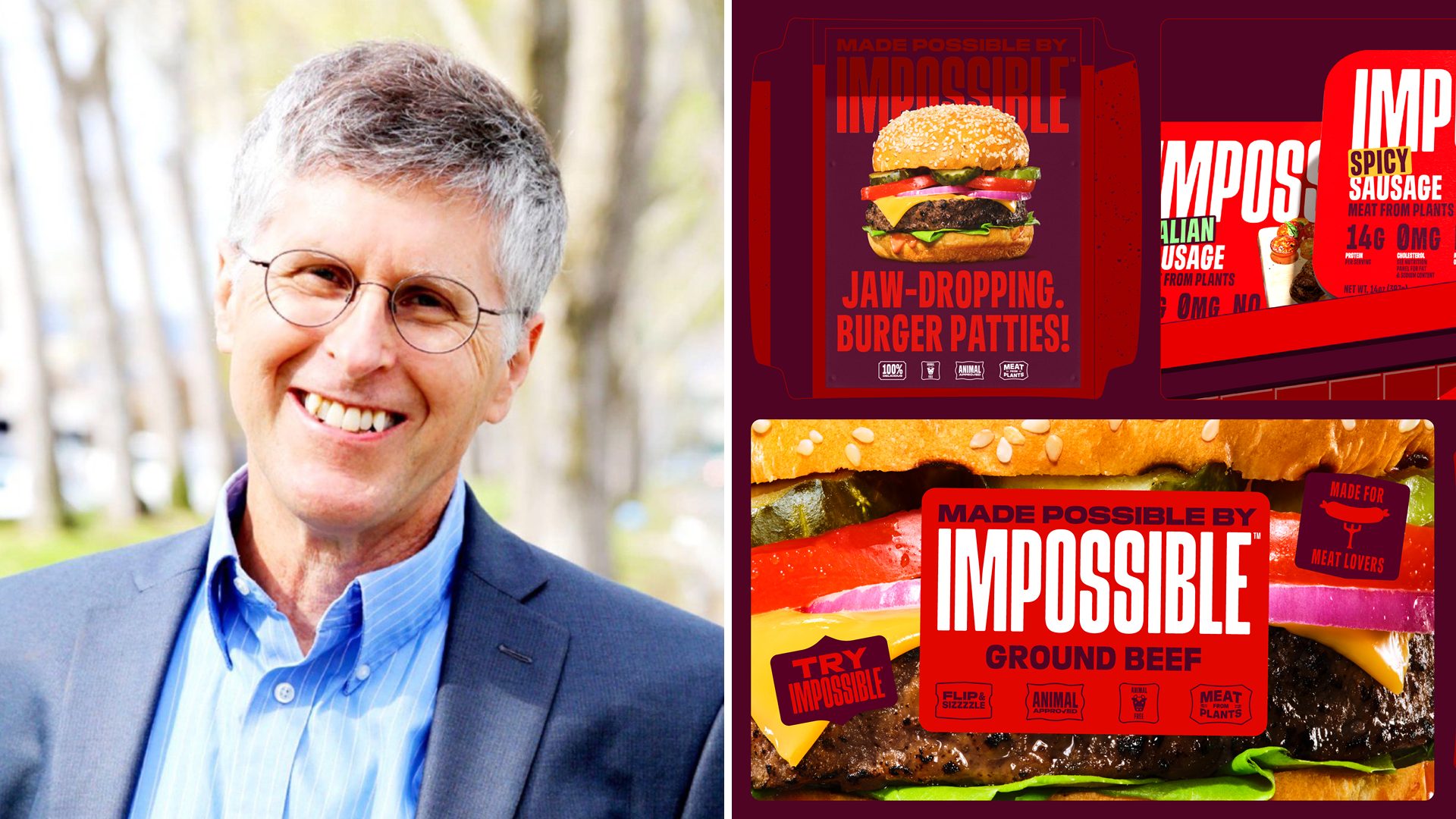The days of the lunchroom peanut butter and jelly sandwich may be numbered as more and more Americans identify and contend with their food allergies, and those who live with them make food choices to mitigate that risk.
Massive Consumer Base for Allergen-Free Foods
Food allergen-free products have a large built-in customer base: there are 85 million American consumers that avoid purchasing a product containing one of the nine major food allergens because either they or a member of their household is either allergic or intolerant, according to Lisa Gable, CEO of Food Allergy Research & Education (FARE).
On a recent episode of The Food Institute Podcast, Gable reframed the total to better showcase how widespread food allergies are. “When we brought forward that we have 85 million Americans — one in four — that really brought it home to a lot of people that did not recognize the magnitude of the problem,” she said.
Although sesame was added to the ranks of “The Big 8” food allergens following the passing of the FASTER Act, Gable noted those nine represented just the tip of the iceberg when it came to food allergens.
“The eight allergens make up over 90% of all documented food allergies, but there are more than 160 foods that have been identified to cause allergies to sensitive individuals,” she said, indicating room for growth in specific free-from foods.
Personal Stakes for Allergen-Free Foods
Denise Woodard, CEO and founder of Partake Foods, has a personal stake in the development of her company: her daughter Vivienne had a near-death experience after eating a food she was allergic to.
Woodard detailed the experience on The Food Institute Podcast, saying that she had not spent a lot of time thinking about food allergens before the event with her daughter.
“It was that trial by fire experience that really showed me the true severity of food allergies and really made me think about the implications that food allergies have on parents’ lives, on kids who experience them, and also the adults who are managing them,” she said.
Woodard noted many kids want to just fit in, especially for those with food allergens. Food is central to many events, and she didn’t want her daughter to feel like she was missing out as she grew up. This influenced her decisions with Partake, which she notes was designed to be accessible to all consumers.
A Growing Category in the Food Industry
Allergen-free foods seem to be primed for growth, according to a variety of research groups.
Future Market Insights noted the market for allergen-free foods could grow at a 9% CAGR between 2020 and 2030, with the global market estimated to have reached $31 billion by the end of 2020. This number would be a 4% higher growth rate when compared to the overall food and beverage sector.
Additionally, ResearchAndMarkets argued the market for testing of food allergens was expected to grow 6.8% between 2020 and 2025, indicating increased consumer interest in food allergens overall, and food allergen-free foods in particular.
“A large market exists for allergen-free, gluten-free, and lactose-free foods. The food companies have seen growth in the area of peanut-free and other school lunch-friendly items that protect allergic individuals and provide a trusted source of safe food,” the report read.












